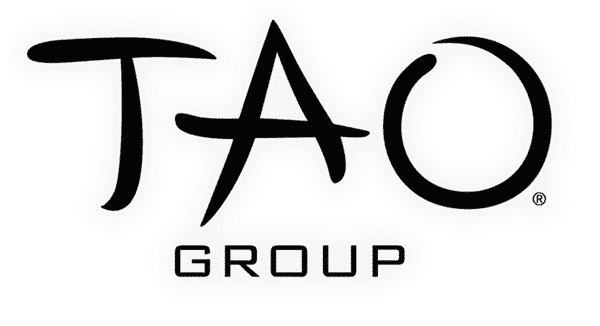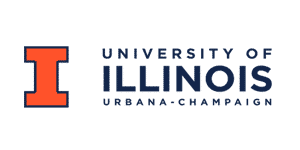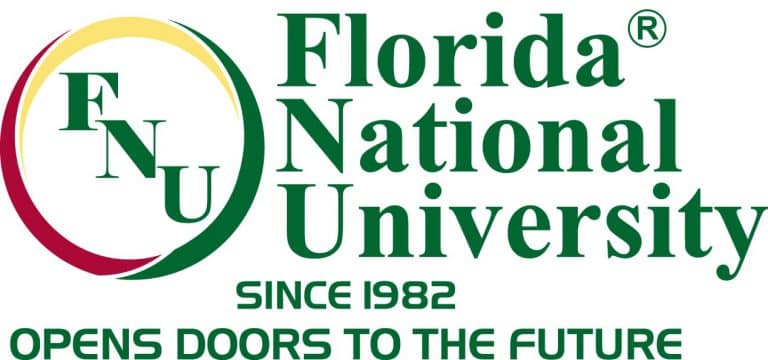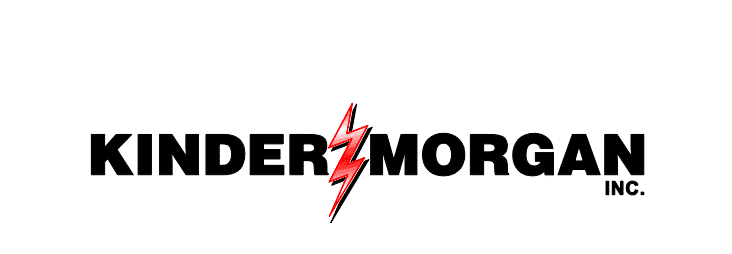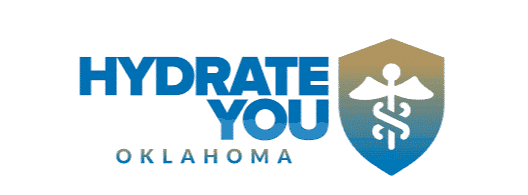Explore the significance of Conversion Rate Optimization (CRO) in boosting website performance and user experience, transforming site visitors into loyal customers.
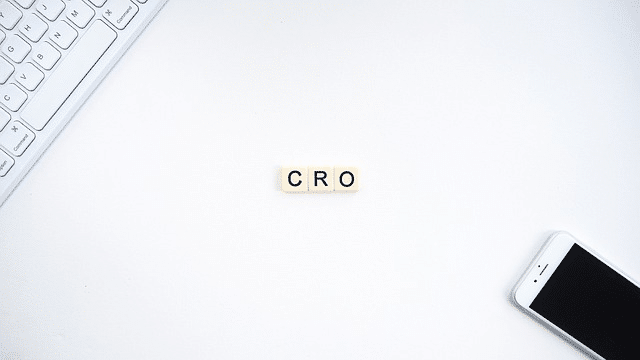
Introduction
In the realm of digital marketing, the essence of Conversion Rate Optimization (CRO) is undeniable. CRO is a systematic approach aimed at increasing the percentage of website visitors who take a desired action, be it making a purchase, filling a form, or any other goal of a webpage. This process is integral in enhancing the customer journey, converting visitors into paying customers, and in the long run, fostering loyal customers.
Importance of Conversion Rate Optimization:
1. Enhancing User Experience:
Conversion rate optimization can significantly impact user behavior, encouraging more engaging and user-friendly experiences. By observing how users interact with your site and employing conversion rate optimization tools to implement strategic changes, you can refine user experience, ensuring it aligns with your target audience’s needs and expectations.
2. Boosting Conversion Rates:
CRO is pivotal for elevating your site’s conversion rate. By focusing on understanding and modifying user behavior, you create landing pages that resonate with your audience, compelling them to complete the desired action, leading to more conversions and increased profitability for online retailers and other ecommerce businesses.
What is Conversion Rate?
Understanding what conversion rate entails is pivotal for implementing effective CRO strategies. The conversion rate formula can be depicted as the number of times a user completes a desired action divided by the website traffic, usually represented as a percentage. For instance, if an ecommerce landing page receives 200 visitors in a day and 10 of them make a purchase, the conversion rate would be 5%.
Understanding the Conversion Funnel:
A conversion funnel is a representation of the customer journey, from awareness to the final action or conversion. The conversion funnel is integral to CRO as it provides insights into the steps visitors take before converting, allowing businesses to identify and rectify any barriers in the conversion process.
How to Calculate Conversion Rate:
To calculate conversion rate, you divide the number of conversions by the number of visitors and multiply by 100 to get a percentage. Here’s the conversion rate formula: Conversion Rate=(ConversionsVisitors)×100Conversion Rate=(VisitorsConversions)×100
Conversion Rate Optimization Process:
1. Analyzing Quantitative and Qualitative Data:
This involves studying your site visitors and their interactions using analytics tools. Quantitative data provides numeric insights like web traffic, while qualitative data offers perspectives on user feedback and preferences.
2. Identifying Target Audience:
Understanding your target audience’s needs, preferences, and behaviors is crucial. This knowledge aids in designing landing pages and other elements that resonate well with potential customers, ultimately contributing to a website’s conversion rate.
3. Implementing CRO Strategies:
Conversion rate optimization strategies involve developing test hypotheses based on insights gathered and conducting split testing to discern the most effective variations of your landing page or any other elements needing optimization.
Strategies to Boost Conversions
1. Mobile Optimization:
Given the ubiquity of mobile devices, having a mobile-optimized site is non-negotiable. It is instrumental in ensuring that the user experience is seamless, responsive, and conducive to completing the desired action.
2. Utilizing SEO:
Search Engine Optimization (SEO) is a valuable ally in the CRO strategy. It drives more website traffic, enabling the reach to potential new customers and leads generated through various marketing channels, enhancing the probability of increasing conversions.
3. Improving Landing Page Design:
The design of a landing page is crucial in the CRO process. It is the first interface between your site and potential customers, and its functionality, aesthetics, and content can significantly impact conversion rates.
4. Gathering and Acting on User Feedback:
Listening to user feedback and making informed alterations is essential in conversion optimization. It provides invaluable insights into the needs and preferences of your audience, allowing you to tailor your approach and boost conversions.
The Ongoing Process of CRO:
Conversion rate optimization is an ongoing process, not a one-time effort. It requires continuous analysis of user behavior, constant tweaks, and enhancements to the website performance to ensure it meets the evolving needs and preferences of your audience. It helps in maximizing the benefits of conversion rate by turning more site visitors into paying and loyal customers.
Conversion Rate Optimization Tools and Metrics:
To keep track of your progress and identify areas for improvement, employing conversion rate optimization tools and monitoring conversion metrics are essential. These tools offer insights that help in tweaking your pages for better alignment with user expectations, and the metrics enable you to measure the effectiveness of your CRO strategy.
Conclusion
Understanding the importance of conversion rate optimization is fundamental for any business aspiring to convert visitors into customers effectively. By focusing on user behavior, implementing sound CRO strategies, optimizing landing pages, and adopting an iterative approach to enhancing user experience, businesses can witness a substantial increase in conversions, resulting in more customers and increased average sales price.
CRO is a synergistic blend of digital marketing, user experience design, and analytics, aimed at fostering a more user-centric approach to online interactions. It extends beyond mere conversion to ensuring a memorable customer journey, generating more value from every visitor, and creating a sustainable path for business growth.










